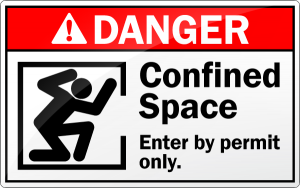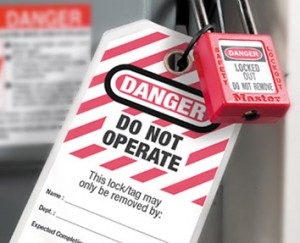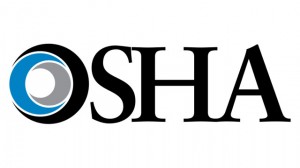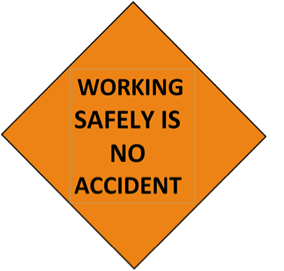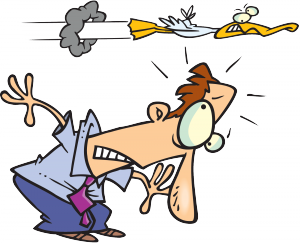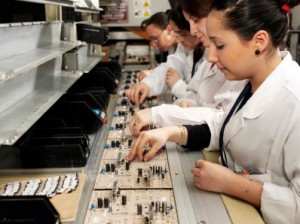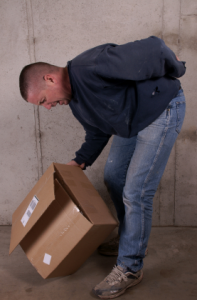 Strained muscles and sprained ligaments are the most common causes of back pain. This type of back pain, which lasts less than three months, is considered to be “acute”. With proper treatment these injuries usually heal within a few weeks.
Strained muscles and sprained ligaments are the most common causes of back pain. This type of back pain, which lasts less than three months, is considered to be “acute”. With proper treatment these injuries usually heal within a few weeks.
When back pain persists or frequently reoccurs, it is considered to be “chronic”. Chronic back pain may indicate that something is wrong with the spine itself.
Several factors may increase the onset of acute or chronic back pain including:
- Lifting incorrectly
- Carrying objects incorrectly
- Pushing or pulling heavy objects
- Frequent back bending
- Poor posture
- Being overweight
- Lack of physical fitness
- Inadequate tools
- Environmental barriers
Talk with your doctor if you are experiencing either acute or chronic back pain.
via Back safety – Environment, Health & Safety – University of Wisconsin System.


